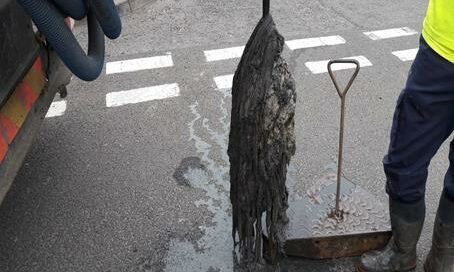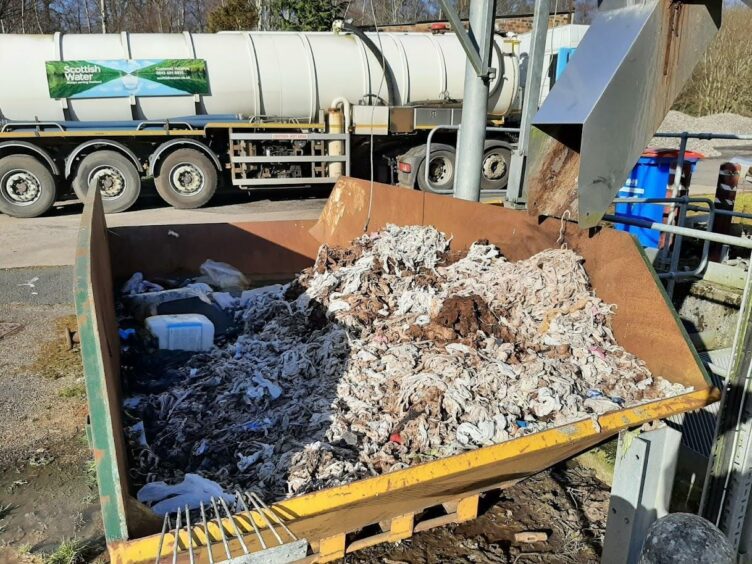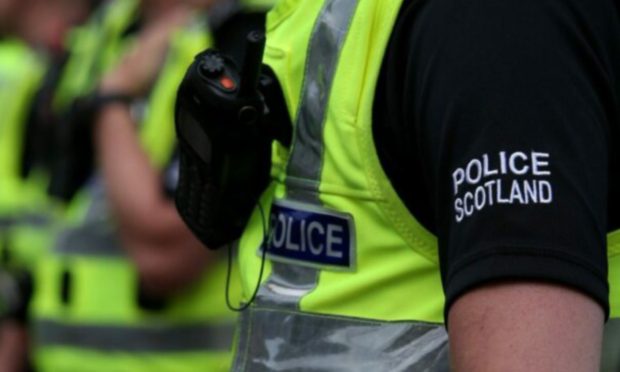Manky wet wipes blocking local sewers prompted more than 5,000 call outs last year in Tayside and Fife.
Scottish water engineers cleared thousands of blocked drains in 2021 with Fife recording the highest number of incidents in the whole of Scotland – 2,707.
The above picture shows the result of a blockage at Arbroath Harbour.
Lewis Deas is Scottish Water’s waste water operations manager for the east.
He is highlighting the figures in a bid to make people think twice before they flush wipes down the toilet.
He said the damaging effects reach much further than the sewer beneath people’s feet
“When wipes of any kind are flushed down the loo they don’t just block pipes.
“They can also cause flooding. They also pollute our rivers, seas and beaches, and can harm marine wildlife.
“Not only that, but around 90% of the 11 billion wipes used in the UK every year contain plastic.
“That means they take much longer to break down and deposit microplastics into the environment.”
Why are wet wipes causing problems?
Wet wipes are common bathroom items, often used for personal hygiene or in childcare.
Scottish Water’s Nature Calls campaign is urging the Scottish and UK governments to ban all wipes made from plastic.
Marine Conservation Society research shows wipes are now the most common cause of beach pollution.
Lewis said people in Tayside and Fife could help address this now by binning their wipes, rather than flushing them.
“We’re calling on the governments to ban plastic wipes altogether.
“We’re also asking people in Tayside to bin any wipes that they use – even those marked ‘Fine to Flush’.
“It’s time for everyone to work together to bin the wipes to protect the environment.”
There were a total of around 37,200 blockages across Scotland in 2021 – up by more than 1,500 the previous year.
Fife recorded the highest number in Scotland at 2,707.
In Tayside, Scottish Water attended 976 chokes in Perth and Kinross, 677 in Dundee, and in Angus the figure was 578.
Around 80 percent of the blockages attended by Scottish Water contain wipes.
The cost of attending each sewer choke is on average £118. This means the cost of cleaning chokes across Scotland was about £4.4 million in the past year.
A Scottish Government spokesman said they supported the campaign.
“We are pursuing proposals to ban some of the most problematic single-use plastic items, such as straws and plastic cutlery.”











